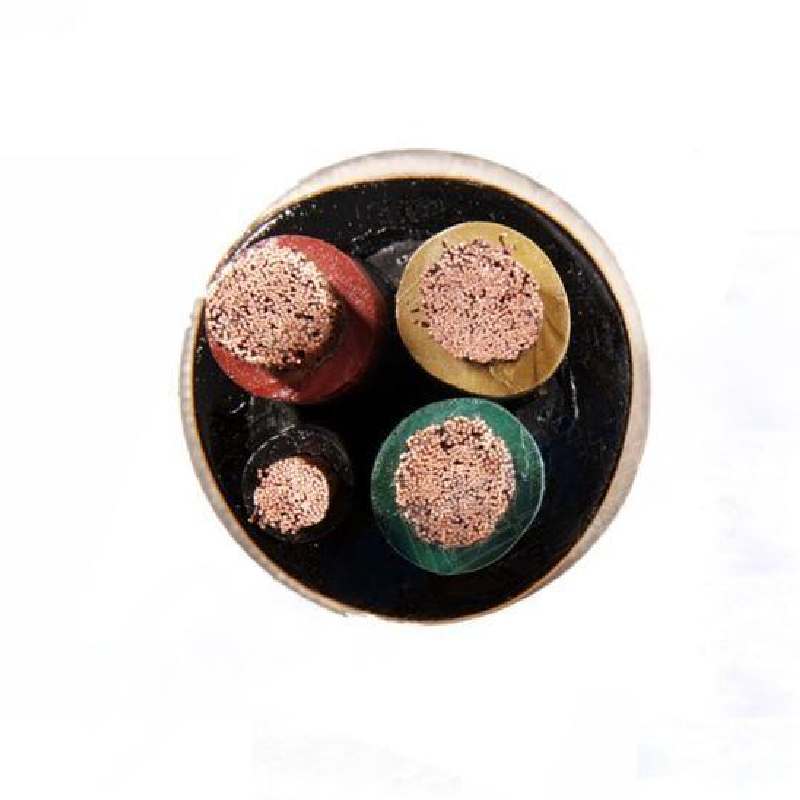Sep . 01, 2024 09:37 Back to list
threaded ball valve
Understanding Threaded Ball Valves A Comprehensive Overview
Threaded ball valves are essential components in various piping systems, widely used in industries such as oil and gas, water treatment, chemical processing, and plumbing. These valves provide reliable flow control and can be easily integrated into existing systems due to their threaded connections. In this article, we will explore the key features, benefits, applications, and maintenance of threaded ball valves.
What is a Threaded Ball Valve?
A threaded ball valve is a type of quarter-turn valve that utilizes a spherical disc (the ball) to regulate the flow of fluids. The ball has a hole through its center, allowing fluid to pass when aligned with the flow path. When rotated 90 degrees, the solid part of the ball blocks the flow. The threaded design enables easy attachment to pipes, ensuring a secure and leak-proof fit.
Key Features
One of the defining characteristics of threaded ball valves is their durable construction. Typically made from materials such as brass, stainless steel, or plastic, they are designed to withstand high pressures and diverse temperature ranges. The threading on the valve allows for easy installation and disassembly, making it an ideal choice for applications where maintenance is required.
The simplicity of the ball mechanism also contributes to its effectiveness. With just a quarter turn, the valve can change from fully open to fully closed, providing quick and reliable operation. This aspect is particularly beneficial in situations where rapid flow control is crucial.
Benefits of Threaded Ball Valves
1. Ease of Installation The threaded design allows for quick installation without the need for special tools or welding, which can considerably reduce labor costs and installation time.
2. Versatility Threaded ball valves are suitable for various media, including liquids, gases, and slurries, making them versatile components in numerous applications.
threaded ball valve

3. Minimal Flow Resistance The ball valve design ensures minimal turbulence and pressure drop, facilitating efficient fluid flow.
4. Longevity With proper maintenance, threaded ball valves can offer long service life, reducing the need for frequent replacements and downtime.
5. Leak Resistance When properly installed, these valves create a tight seal that minimizes the risk of leaks, which is crucial for safety and efficiency in any piping system.
Applications
Threaded ball valves are found in numerous applications across different sectors. In the oil and gas industry, they are utilized in drilling operations and pipeline systems to control the flow of oil and gas. In water treatment plants, they regulate the flow of water in various treatment processes. Additionally, in residential plumbing, threaded ball valves are commonly used for shut-off valves in water supply lines.
Maintenance Tips
To ensure the optimal performance of threaded ball valves, regular maintenance is essential. Here are some tips
- Routine Inspection Regularly inspect the valve for signs of wear or corrosion. Address any issues promptly to prevent leaks. - Lubrication Apply lubricant to the valve stem and threads to ensure smooth operation and prevent seizing. - Tightening Connections Periodically check the tightness of threaded connections to avoid any potential leaks over time.
In conclusion, threaded ball valves play a crucial role in the efficient management of fluid flow in various applications. Their ease of installation, durability, and functionality make them a preferred choice in many industries. By understanding their features and maintenance needs, users can ensure their systems operate smoothly and efficiently.
Share
-
Reliable Wafer Type Butterfly Valves for Every IndustryNewsJul.25,2025
-
Reliable Flow Control Begins with the Right Ball Check ValveNewsJul.25,2025
-
Precision Flow Control Starts with Quality ValvesNewsJul.25,2025
-
Industrial Flow Control ReliabilityNewsJul.25,2025
-
Engineered for Efficiency Gate Valves That Power Industrial PerformanceNewsJul.25,2025
-
Empowering Infrastructure Through Quality ManufacturingNewsJul.25,2025